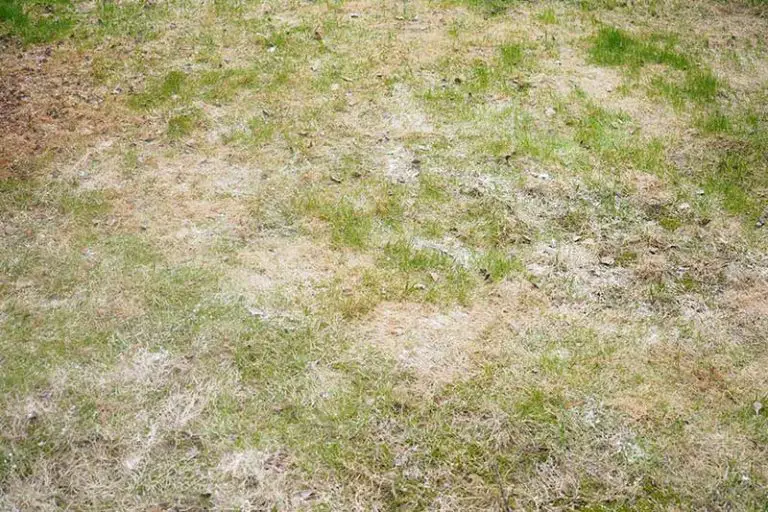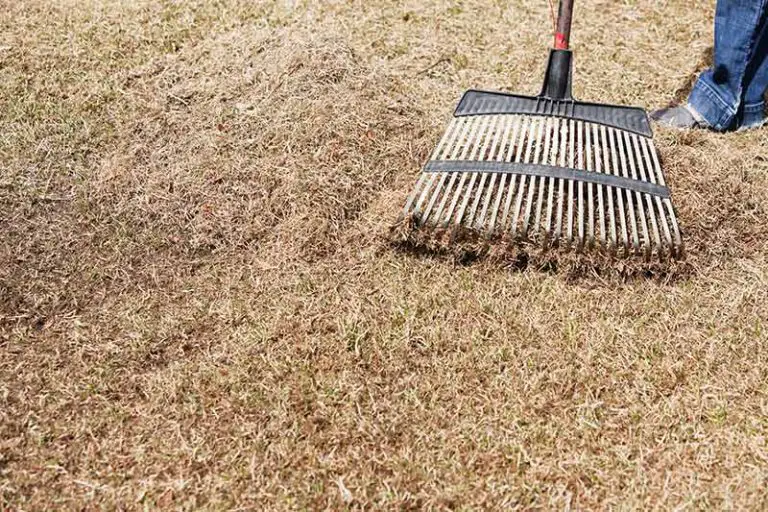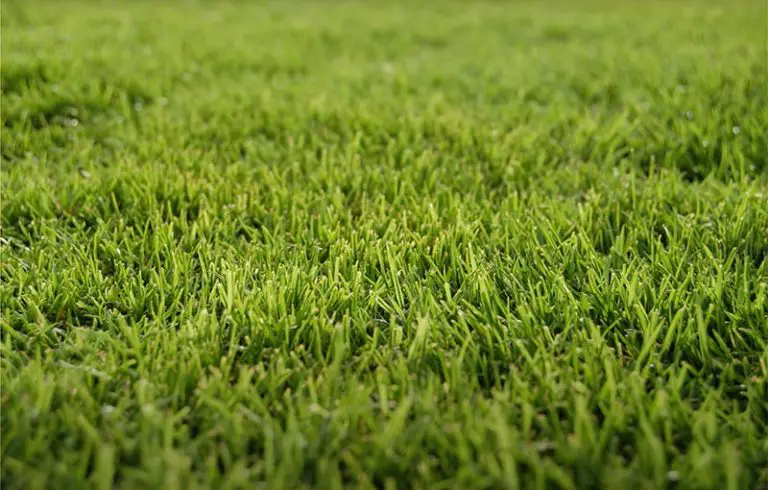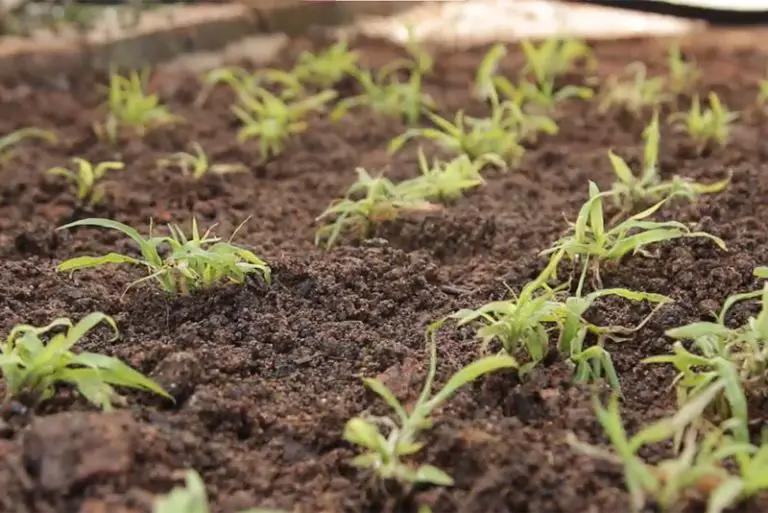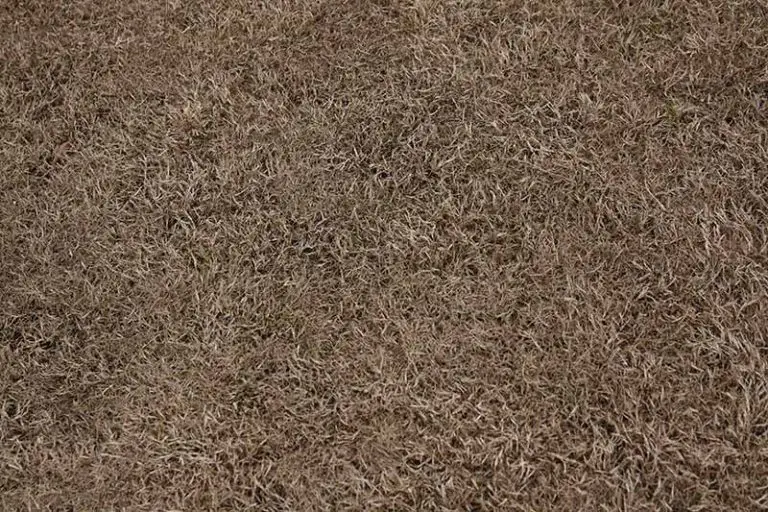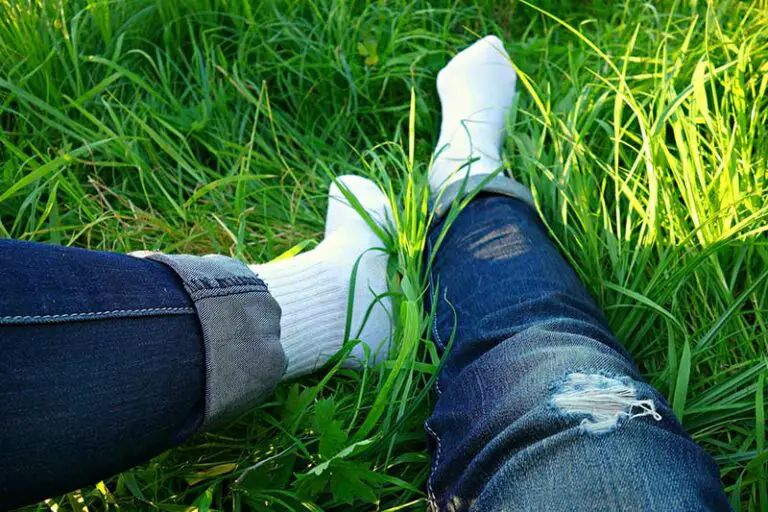How Much Does a New Lawn Cost?
When planning out the creation of your new lawn, there are many aspects to consider. Arguably, above all else, the most important aspect to consider is your budget; the amount of money you have at your disposal will influence every other element of the project.
On average, a new lawn can cost anywhere from $400 to $5000. The cost of a new lawn varies greatly depending on several different factors. The primary consideration is the method you use to create the lawn, whether this is seeding, laying sod, or hydroseeding. You must then factor in aspects like the size and shape of the lawn, labor costs for your installation method, the species of grass you choose, and the prep work necessary based on the current condition of the planting area.
What Factors Affect the Cost of a New Lawn?
Beyond the method of installation, there are many factors that will contribute to the total cost of your new lawn. These factors include labor costs, the size and shape of your new lawn, the type of grass you choose, and the prep work necessary before installation.
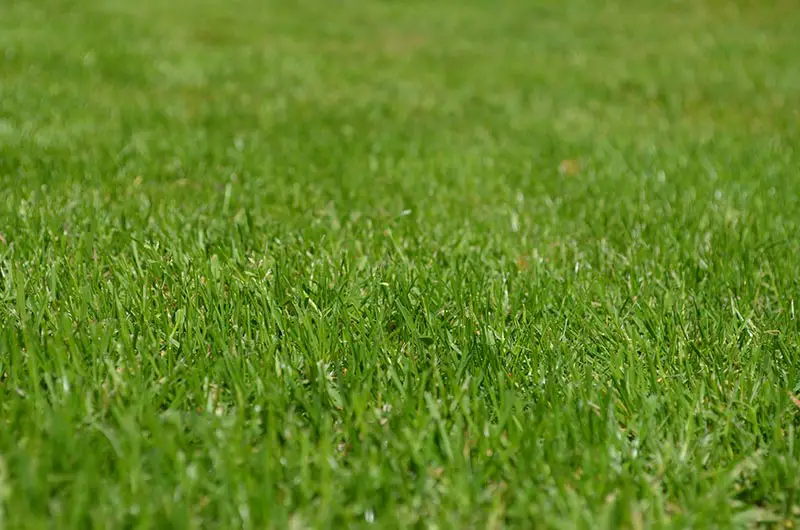
Method of Installation
The primary factor that will determine the cost of your new lawn is the method you use to create it. For example, you could seed, lay sod, or hydroseed your way to a new lawn. Each of these methods varies greatly in its costs for materials and the labor involved in its installation.
Seeding is generally the cheapest method of getting a new lawn; grass seed is relatively low-cost, and it’s possible to seed your lawn yourself. Sod, on the other hand, costs more per square foot, as does hydroseeding; both of these methods will also necessitate the help of a professional. So, if you’re concerned about your budget, the method you use to create your new lawn is an important consideration.
Labor Costs for Installation of Lawn
Different methods of installation will require varying levels of expertise to carry out. You must factor in the potential cost of labor if you enlist the help of a professional when creating your new lawn.
Like we’ve said, you won’t necessarily require professional help if you choose to seed your lawn; this is a relatively easy method of installation that won’t cost anything if you already own have a seed spreader. For sod, the installation process is a little more complex; although you could lay sod yourself, it’s better to have a professional company carry this out if you lack the relevant experience.
Size and Shape of New Lawn
The size and shape of your new lawn will have a direct impact on how much it costs. The cost of your new lawn will rise with every square foot of the planting area. If you’re laying sod, and your new lawn is irregularly shaped, this will also add to the cost.
Regardless of whether your seeding or laying sod, larger lawns will cost more to create. More seed will be required to cover a larger planting area; it will also cost more to purchase a larger amount of sod, plus the necessary labor fees to cover the area. Before you can purchase the correct amount of sod or seed, you must calculate the area of your new lawn. It’s then a good idea to add an additional 10% to this figure to ensure you aren’t short on materials.
You will also need to factor in the shape of your lawn when calculating its area and cost of materials. If laying sod, this can have a big influence on how much it will cost to install the lawn; it will take longer to cut the sod into irregular shapes, which in turn adds to the cost of labor. The same goes for any sloped areas of the lawn.
Type of Grass in New Lawn
The type of grass you choose for your new lawn will have an impact on how much it costs. There are several different types of grass that vary in their growing habits and characteristics, as well as their prices.
Before cost, you should primarily consider what grass will suit your lawn best based on your location. All grasses fall into one of two categories, either being cool-season grass or warm-season grass. Cool-season grasses are best for cooler climates, such as the northern regions of the US; examples include Kentucky bluegrass, perennial ryegrass, tall fescue, and hard fescue. Warm-season grasses are better suited for the warmer states of the south; these include Bermuda grass, St. Augustine grass, centipede grass, and zoysia grass.
Next, you must decide what characteristics you want your grass to have. For instance, you may require drought tolerance, shade tolerance, tolerance to high traffic, or a grass type that feels soft underfoot. Do some research into the characteristics of different grass types to choose a species that will best suit your new lawn. You can then factor in the cost of each grass type to help make your final decision.
Condition of Existing Lawn
If you’re replacing an existing lawn, its current condition will impact the cost of the new one. It’ll cost more to install a new lawn in an area that’s in poor condition versus a bare planting area. You must also consider obstructions in the lawn that may make installation more difficult, like trees and pathways.
For instance, it’s often the case that homeowners choose to replace a lawn full of weeds or dead grass. In these circumstances, additional labor will be necessary to clear the area before the lawn installation. This will add to the labor costs that a professional company may charge for the work.
Similarly, if laying sod, you may have to pay more for the professionals to work around any landscaping obstructions. More labor will be required to cut the sod to fit around obstacles like trees, shrubs, pathways, and sidewalks.
Prep Work Necessary for New Lawn
Regardless of the lawn’s current condition, some amount of prep work is always necessary before seeding or laying sod. Several steps go into preparing your lawn for seed or sod, including aerating, tilling, laying fresh topsoil, grading and leveling, and adding starter fertilizer.
Neglecting to properly prepare your soil for seeding or sod will only set your new lawn up for failure. You can cut down on the cost of your new lawn by carrying out these preparatory works yourself. However, if you’d rather have the professionals deal with these activities, you’ll have to pay more for their labor.
How Much Does a New Lawn Cost?
Between all methods of installation, the average cost of a new lawn can range between $400 and $5000. As we’ve now explained, this cost will depend on several factors, including installation method, grass type, and the labor involved in the preparation and installation of the lawn.
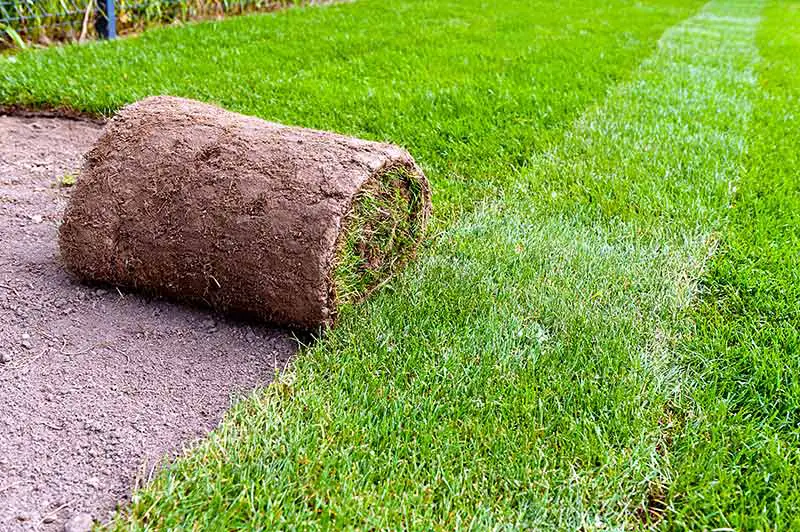
How Much Does it Cost to Seed a Lawn?
The average cost to seed a new lawn is roughly between $0.10 and $0.19 per square foot of soil. You should expect to pay around $50 to $150 for your seed; grass seed typically costs $3 to $15 per pound depending on the species.
Seeding is generally the cheapest way to create a new lawn. Although we’ve listed the typical cost of labor, you may not need to spend anything in this area; you can save yourself some money by carrying out the seeding process yourself. All you’ll need is an appropriate spreader, like a broadcast spreader or drop spreader, to cast the seed. If you don’t own a spreader, you can purchase one or rent one from your local hardware store.
How Much Does Laying Sod Cost?
The average cost to lay sod falls in the range of $0.35 and $0.80 per square foot. If you enlist the help of a professional company, it will roughly cost you between $0.90 and $1.80 per square foot; this price includes the cost of the sod, plus any additional labor or materials involved in its installation.
Per square foot, the material price for laying sod is more costly than seeding. It’s also more likely that you’ll require professional help for sod installation as the process is more complex. However, the benefit of opting for sod over seed is that you’ll get a new lawn instantly. With seeding, it’s necessary to wait for the grass to germinate and grow; with sod, the grass arrives already mature, meaning it creates the visual effect of a lush lawn straight away. For this reason, sod is preferable over seeding if you have a larger budget at your disposal.
How Much Does Hydroseeding a New Lawn Cost?
The average cost to hydroseed a new lawn is around $0.06 to $0.20 per square foot. This is a specialized method of lawn installation for which it’s best to enlist the help of a professional company.
Hydroseeding is generally more expensive than seeding, but cheaper than laying sod. It is a method of lawn installation that combines the processes of seeding, mulching, fertilization, and watering into one application. It is possible to hydroseed your lawn yourself, with kits available to rent from most hardware stores. However, for best results, we recommend hiring a professional company to hydroseed your lawn for you.

